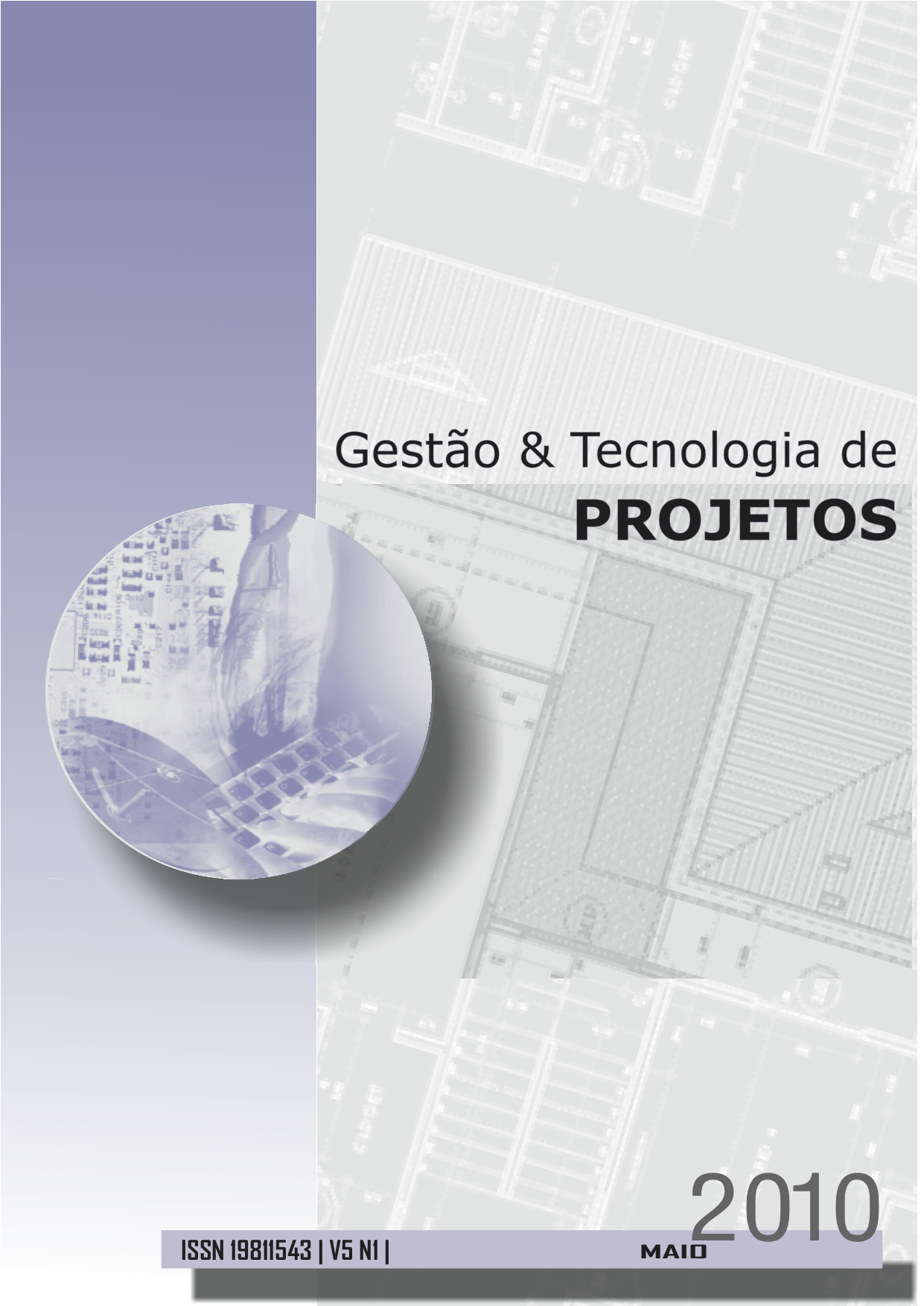Integral Morphological C-K Design Approach for Multidisciplinary Building Design
DOI:
https://doi.org/10.4237/gtp.v5i1.154Resumo
This paper presents a theoretical approach to collaborative design management. The goal is to integrate design and engineering knowledge in the conceptual phase of building design. Based on an integral design process model, morphological overviews are used as a tool to implement C-K (concept-knowledge) theory, to increase knowledge creation and to stimulate knowledge exchange within the building design team. The project was carried out in close cooperation with professional societies within the building design field. The set-ups of the workshops used to implement and to test the theoretical approach are presented as well as the experiences of the participants. More than 100 experienced professionals participated in the workshops and the workshops now have become part of the permanent professional training programme of one of the professional societies. DOI: 10.3763/aedm.2008.0099 Published in the Journal AEDM - Volume 5, Number 4, 2009 , pp. 193-214(22)Downloads
Os dados de download ainda não estão disponíveis.
Publicado
2010-05-29
Edição
Seção
Resumos de Artigos Publicados "Architectural Engineering and Design Management"
Licença
Autores que publicam nesta revista concordam com os seguintes termos:
- Autores mantém os direitos autorais e concedem à revista o direito de primeira publicação, com o trabalho simultaneamente licenciado sob a Licença Creative Commons Attribution-NonCommercial-NoDerivatives 4.0 que permite o compartilhamento do trabalho com reconhecimento da autoria e publicação inicial nesta revista.
- Autores têm autorização para assumir contratos adicionais separadamente, para distribuição não-exclusiva da versão do trabalho publicada nesta revista (ex.: publicar em repositório institucional ou como capítulo de livro), com reconhecimento de autoria e publicação inicial nesta revista.
- Autores têm permissão e são estimulados a publicar e distribuir seu trabalho online (ex.: em repositórios institucionais ou na sua página pessoal) a qualquer ponto antes ou durante o processo editorial, já que isso pode gerar alterações produtivas, bem como aumentar o impacto e a citação do trabalho publicado (Veja O Efeito do Acesso Livre).
Como Citar
ZEILER, Wim; SAVANOVIC, Perica. Integral Morphological C-K Design Approach for Multidisciplinary Building Design. Gestão & Tecnologia de Projetos, São Carlos, v. 5, n. 1, p. 133–133, 2010. DOI: 10.4237/gtp.v5i1.154. Disponível em: https://www.revistas.usp.br/gestaodeprojetos/article/view/50976.. Acesso em: 19 abr. 2024.







